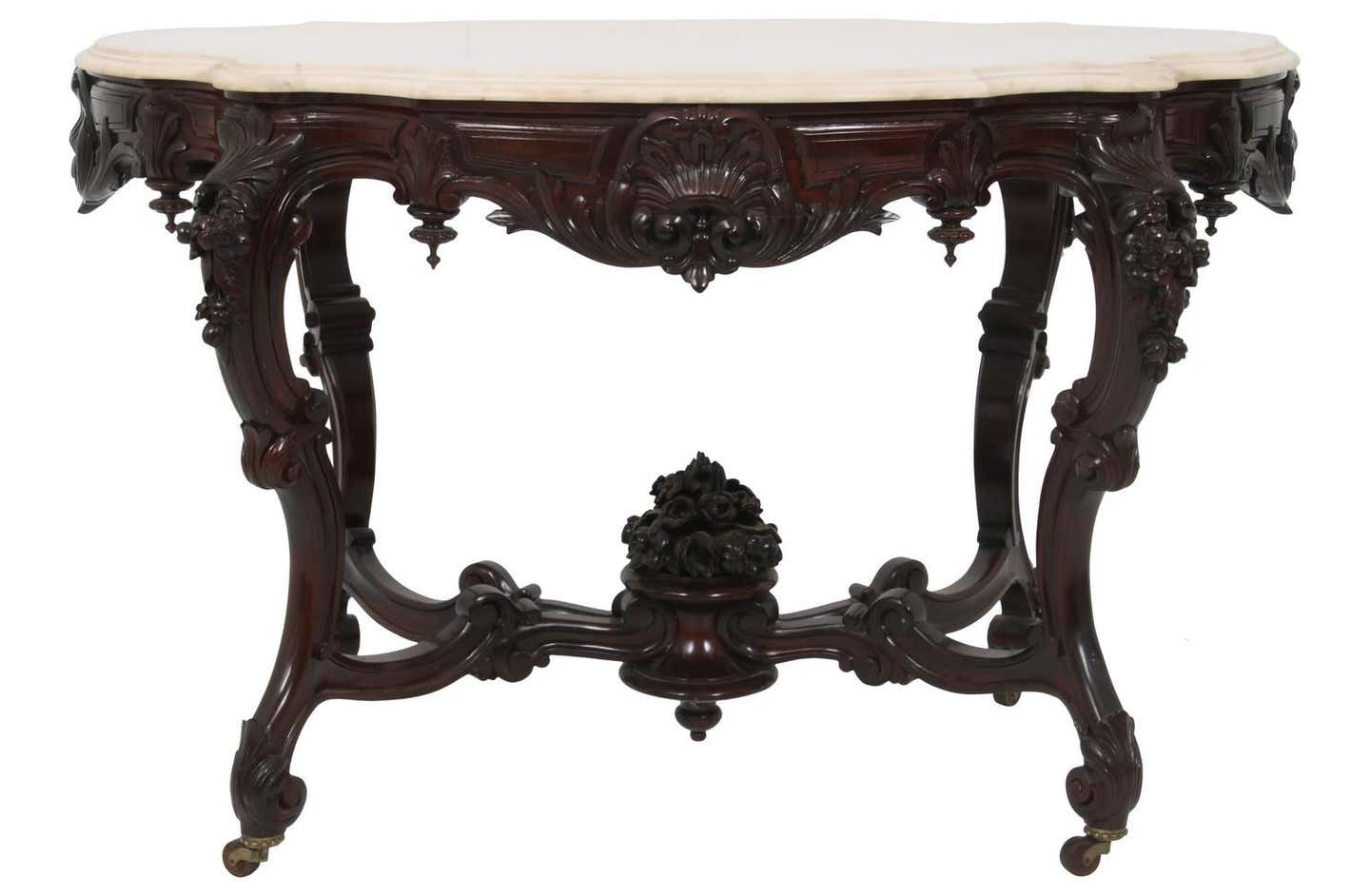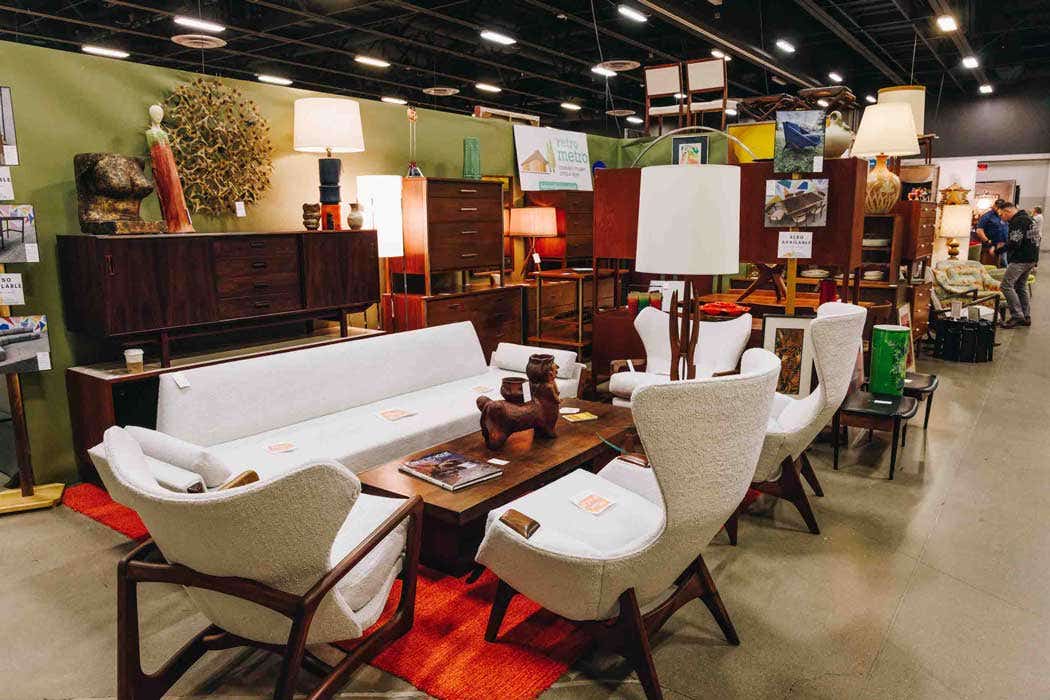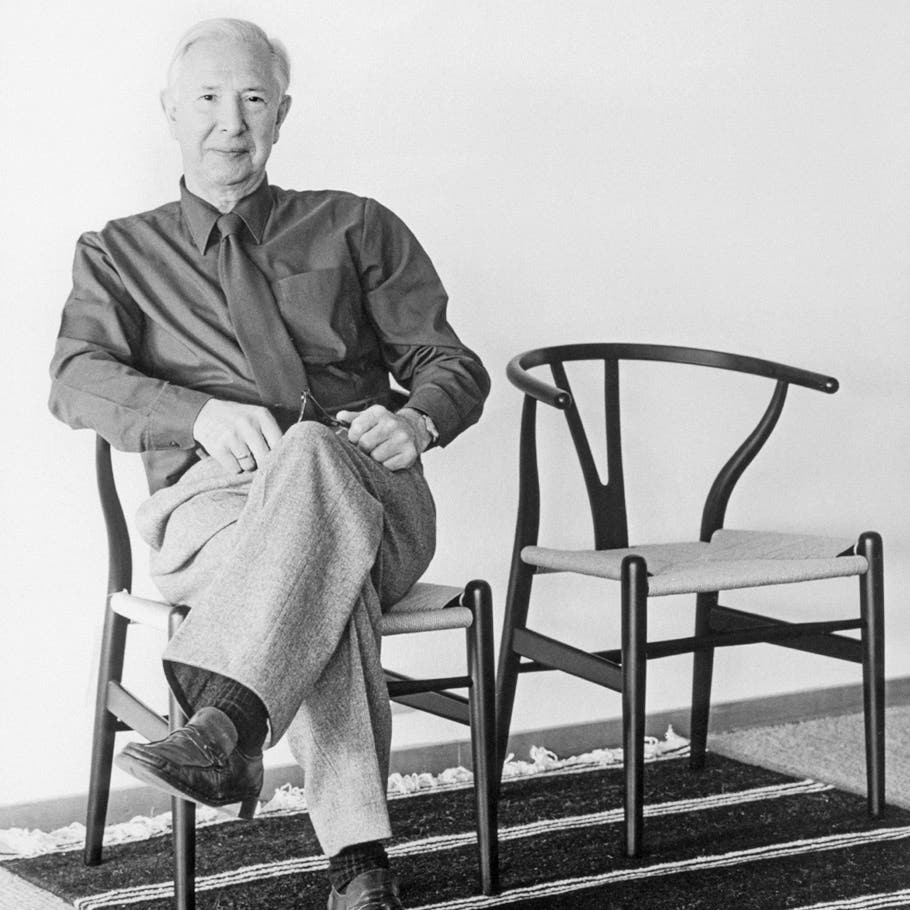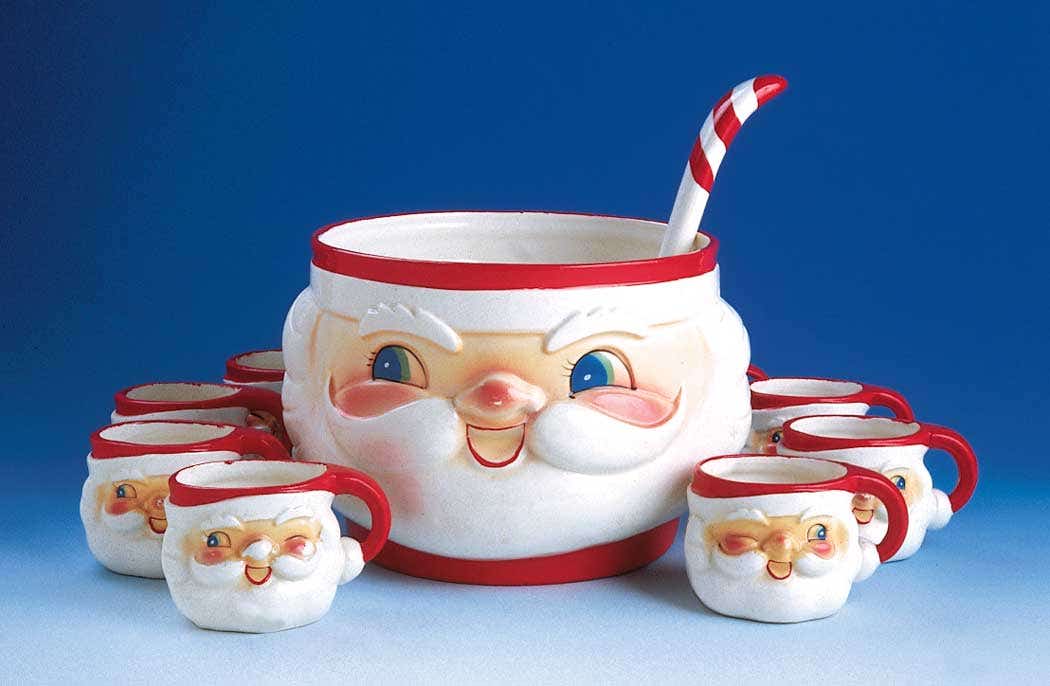Current value of Empire couch is only about $150
Condition, condition, and condition. It’s one of, if not in some cases, the key element in determining value of an object. Furniture Detective Fred Taylor speaks to this in regard to an Empire couch.
Condition Impacts Value of Couch
Q We have a couch that was my great-grandmother’s — for that I am certain, but if it is older than that I am not sure. I thought you might be able to help me a bit in determining the value of the piece I have. My mom is OK with getting rid of it.
A Your couch is a late Empire period couch, circa 1840-1850. The carving at the top of the crest indicates its journey moving from Empire to Rococo Revival late in the period. It is made of crotch cut mahogany veneer over pine or polar. Crotch cut veneer is cut from the intersection of a large branch with the trunk or the intersection of two large branches. That creates the “flame” or “feather” pattern seen in the veneer.
In conclusion, twenty years ago couches like this sold in the $750 to $1,000 range. In today’s market, comparable couches sell in the $150 range. That is the area that your couch would sell in at auction. Thanks for writing.
Q My friend bought an old house and is going to raze it. Within it I found four unique chairs. They have six legs and rock back and forth on the middle legs. There is an attached foot rest that can be stored under the chair when not in use.
They are an oak and slat construction, which makes me think they may have been used as lawn furniture. None of them are perfect. Some worse than others.
I have looked online and have found nothing even close. Are they worth fixing or are they junk, fire wood?
'Tilter' Chairs More Than Meets the Eye
A Your chairs are “improved” versions of mid-19th century Shaker “tilter” chairs. Here is an excerpt
from a column I wrote regarding the evolution of gender based furniture and how males treat straight chairs, probably the reason for your six legged chairs:
The gender designation for chairs became even more clear beginning around the time of the parlor set in a slightly different setting. Males have very rarely been able to sit in perfect posture in a straight chair for any reasonable length of time. First comes a little shifting. Eventually the shifting around becomes squirming and the squirming becomes draping over the back of the chair. It is only a matter of time before the space between upright and reclining is bound to be explored.
In addition, the first manifestation of this exploration is “tipping,” the leaning back in the chair until equilibrium is reached, contact is made with the wall or contact is made with the floor. It is a male conquest, sometimes, over the confines of the straight backed chair. In some societies this was duly recognized without moral disapproval and straight back chairs were equipped with “tippers” or “tilters.” These appliances were added to the legs to allow the male to more evenly balance the chair when it was tipped back on two legs. But it was not in feminine order to “tip” a chair. This was a masculine privilege and no Victorian lady would attempt it.
Shaker Connection to Tilters
The Shakers achieved their tipping or tilting by the use of metal “tilters” on the bottom of the back legs that allowed a chair to tip back but would stop it before it fell. If you do a Google search using “Shaker chair tilter” you will find examples. A pair of Shaker chairs with tilters sold at auction for $700 in March 2017.
Your chairs are not Shaker chairs, but they are tilters. They are from just after the turn of the 20th century based on their construction and hardware. Since they needed a solid surface to safely tilt back they probably were used as porch chairs rather than outside chairs. The foot rests would be swung out while fully reclined to best enjoy the convenience.
Novelty of Ferguson Bros. Furniture
Q I have a glass and wood curio that hangs on the wall. It has a very fancy top, curved glass on the sides and a mirror in the back. Do you think this is of any value? On the back, it states it is made by Ferguson Bros. Mfg, No. 7819. Thanks for your input.
A Ferguson Brothers was primarily a maker of novelty furniture. During the Depression era of the 1930s many companies turned to the manufacture of small items to have something affordable to sell that people could buy during the hard times. These items are “novelties” and include things like magazine racks, hanging shelves, curio cabinets, magazine and lamp tables and smoking stands. You can see a number of such items in the book “Furniture of the Depression Era” by Swedberg, Collector Books. Finally, while your curio is a nice piece and certainly has practical value, it has no antique or collectible value. It would sell at auction in the $75 to $100 range.
With more than 30 in the antique furniture business, Fred Taylor is a household name when it comes to the practical methods of identifying older and antique furniture: construction techniques; construction materials; and style.






